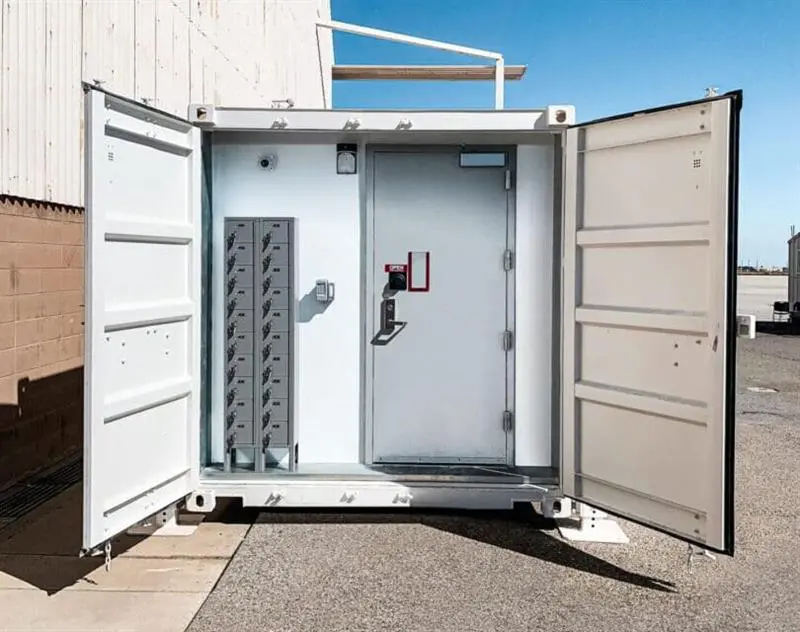
What is a SCIF?
An overview of the construction requirements and uses for a SCIF, or Sensitive Compartmented Information Facility
A SCIF (pronounced “skiff”), or Sensitive Compartmented Information Facility, is a facility constructed under specialized standards for the storage and processing of a certain type of classified information. These facilities are utilized by the military, government agencies and government contractors to serve their missions.
SCIFs must be built to the standards found in the Intelligence Community Directive (ICD) 705, Technical Specifications for Construction and Management of Sensitive Compartmented Information Facilities, also known as the Tech Spec.
Definition of a SCIF
A SCIF is a facility where Sensitive Compartmented Information (SCI) can be stored, discussed and electronically processed. In order to have access to the SCIF, personnel must hold a clearance and have been read into the program operating within the facility.
Because of the sensitive nature of the information and materials housed or accessed within a SCIF, there is a highly specialized set of requirements fore the construction of these types of facilities. This ensures SCI will be appropriately safeguarded on multiple fronts and will be unable to be accessed or stolen by any adversaries.
Construction Standards: The ICD 705
The Tech Spec lays out the standards that SCIFs must be constructed to. The Tech Spec was released in 2010 and has been periodically updated to adapt to industry needs and new threats. Currently, we are on V 1.5.1, which was released in July of 2021.
A SCIF needs a multi-layered approach to security. This includes:
Physical Security: The perimeters of SCIFs are constructed to make infiltration difficult. Equipment like Intrusion Detection Systems (IDS) ensure that any unauthorized access is discovered.
Acoustic Security: The perimeter is also built to ensure nothing can be overheard by individuals not read into the program. According to the Tech Spec, facilities must be built to a minimum of a 45 Sound Transmission Class (STC) rating, which is a level at which normal human speech cannot be heard from outside.
Emanations Security: There’s an increasing focus in the SCIF construction world on TEMPEST, an unclassified short name used to refer to the study, investigation and mitigation of unintentional emanations. All electronic equipment, like computers and phones, give off signals that can be picked up and used to find information. SCIFs are constructed to prevent these signals from escaping so they cannot be picked up.
Visual Controls: SCIFs must be designed to ensure no one can get visual on any classified material being accessed within the facility. To accomplish this, SCIFs are typically built without windows, and if they do, there are further requirements on how those windows can be constructed.
While the Tech Spec lays out requirements for SCIF construction, it is not a one-size-fits-all approach. Not every facility will be built the same. Instead, an AO will determine what each facility’s requirements will be based on their unique location, mission, vulnerabilities and risks.
There are three typical types of SCIF facilities: traditional construction, modular and container. Within traditional construction, facilities may be built from the ground up or a tenant improvement on an existing facility to bring it up to requirements. Modular and container facilities are great options when traditional construction doesn’t meet more unique needs. Modular facilities are able to be constructed faster and often cheaper than traditional construction. They can be adapted to fit a variety of spaces and can be built to be relocatable. Similarly, the small size of container facilities, which are built inside of ISO shipping containers, makes them very versatile and easily movable should the mission require it.
SSU offers the best and most agile in modular SCIF construction. Our facilities can adapt to any scale and built to meet your unique program needs. Contact us today and let us help you find the right solution for you.
Tags: #ContainerSCIF
